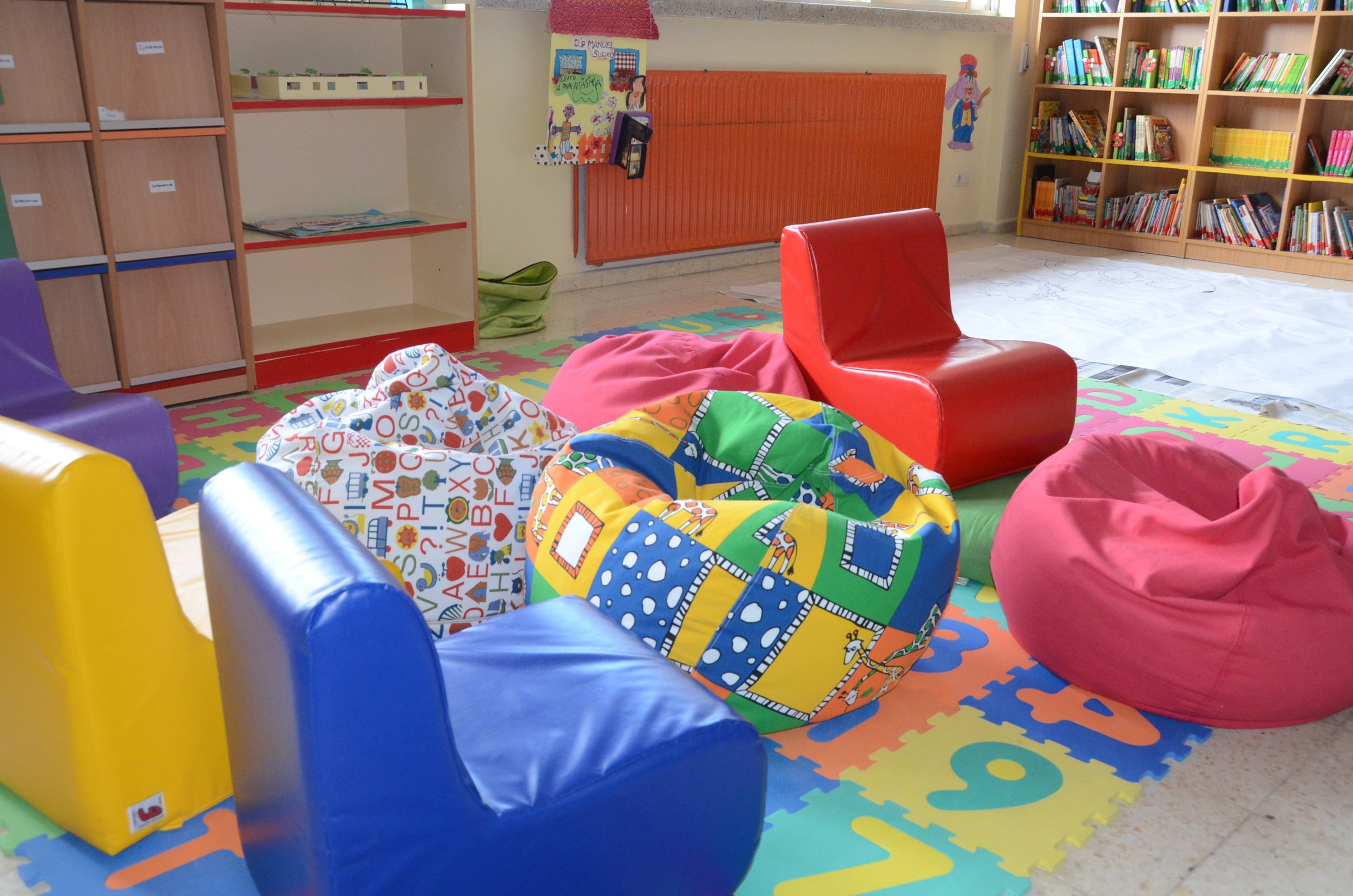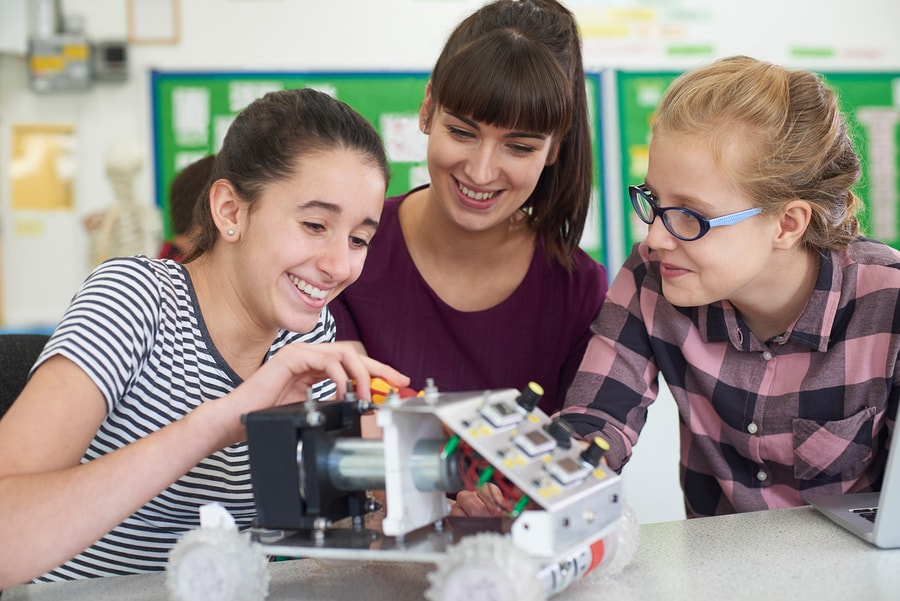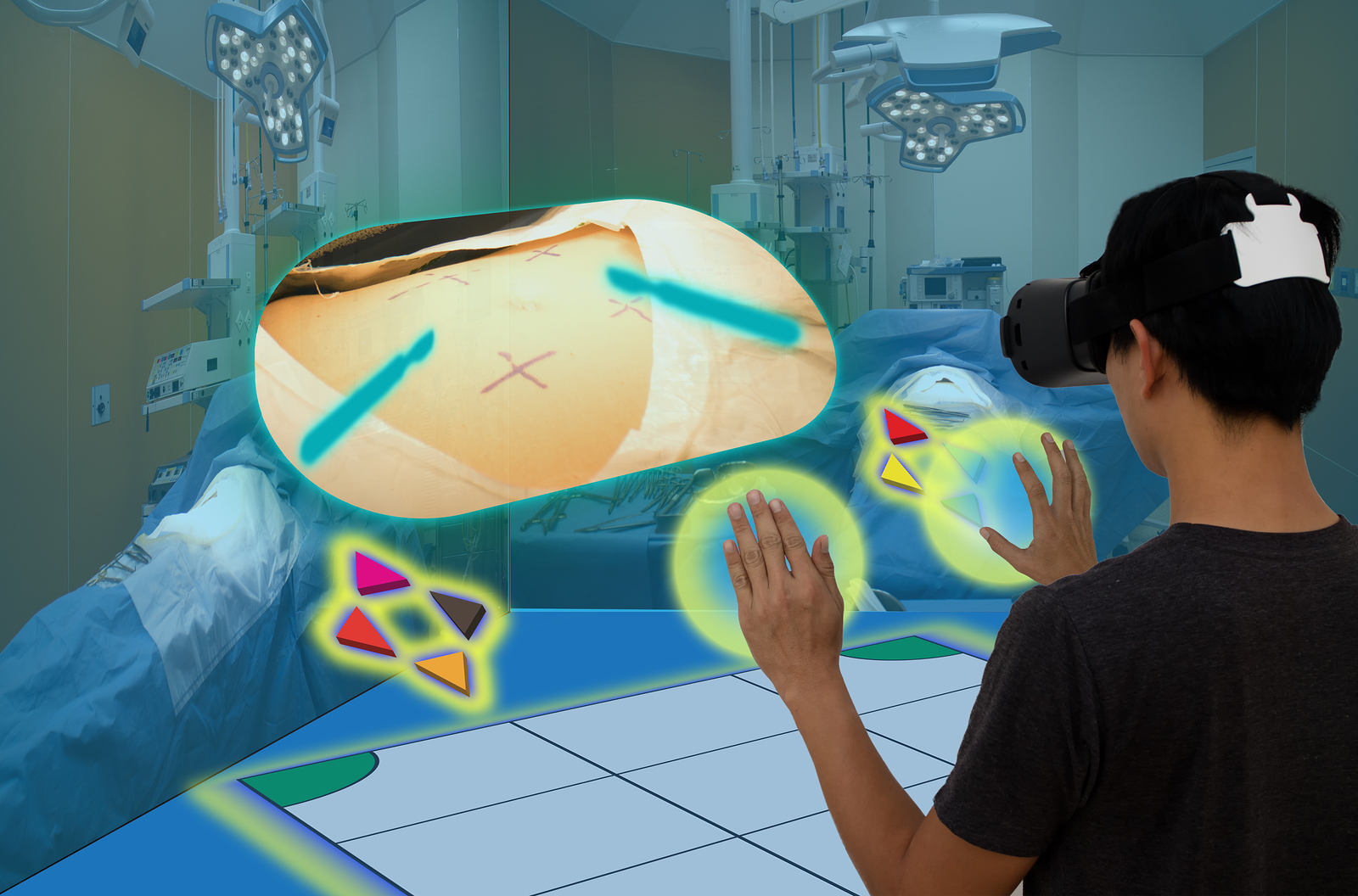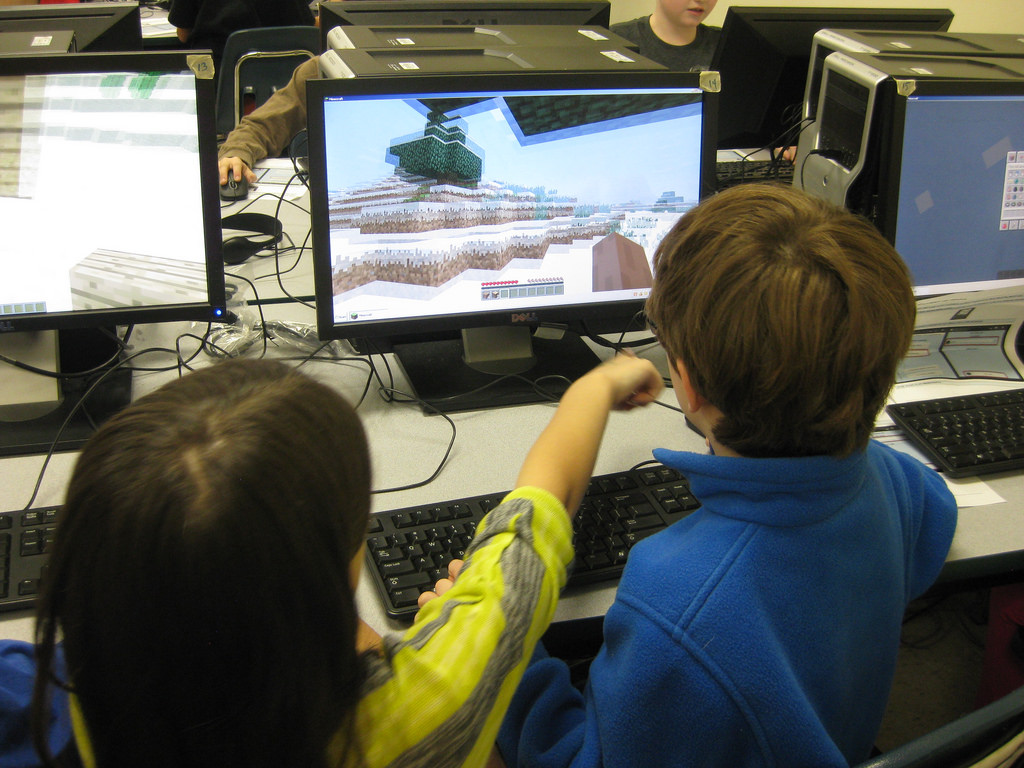With the recent popularity of the KonMari method, many of her teachings can be applied to the classroom to make it “spark joy.”
Marie Kondo says that, before the tidying starts, you have to imagine the lifestyle you want. This can translate to things like “more open space,” “empty cabinets,” or “a learning environment that’s more colourful and creative.”
Teachers can include students by starting a discussion to find out what kind of learning environment they want in the class, the more detailed, the better. Once a vision is created, either make a list, make a board on Pinterest, or something tangible that represents the concept.
The next step is discarding, all at once. The KonMari method is divided by clothing, books, papers, komono (miscellaneous items), and mementos (items with sentimental value) but, since this does not necessarily apply to a classroom, it can be divided by subject, space or by category: supplies, books, papers, and so on, whatever works better with your class.
Start by having three boxes, bags or spaces: one for items you are keeping, one for the items to donate, and another for the ones that are going to the trash. Then you put each book, object or article, depending on the classification, in one place like the desk, for example, to decide its destination.
The most famous Marie Kondo’s phrase is asking if an object “sparks joy,” which is used to choosing what to keep, but that may not apply to a classroom, especially with so many papers and supplies. Teachers must also need to ask “Is this something I want to keep or might need?” If the answer is no, thank the object for its service and decide if you’ll donate it or throw it away.
After discarding, it is time to tidying up. It is crucial to dump the items you don’t want or need first because it will prevent organizing items that are no longer required. The main idea is to use the space, containers, bins, and drawers that the classroom already has, but buying new ones could be done if it is necessary, as long as it’s at the end of the process, to avoid more clutter.
According to her book and Netflix show, the hardest part is to get rid of the emotional items, which is why they are the last things to discard, once the practice of throwing away things that are not necessary is dominated.
Moreover, the secret to tidying up and staying organized is finding a space for every item so that, more than “tidying up every day” you and the students need to put things back where they belong.
In the end, the main purpose is to have a home or classroom that creates the atmosphere you and your students wanted: a space that sparks joy.
Have you seen the series or read the book? Are you planning to apply the KonMarie method at school or work? Let us know!
This article from Observatory of the Institute for the Future of Education may be shared under the terms of the license CC BY-NC-SA 4.0 
)
)











)
Perla Téllez Garza
Perla Téllez Garza
Perla Téllez Garza